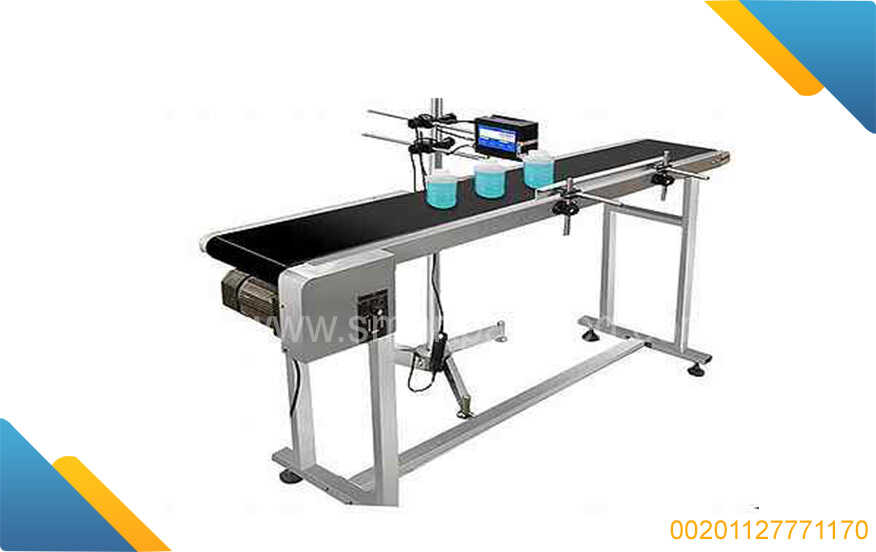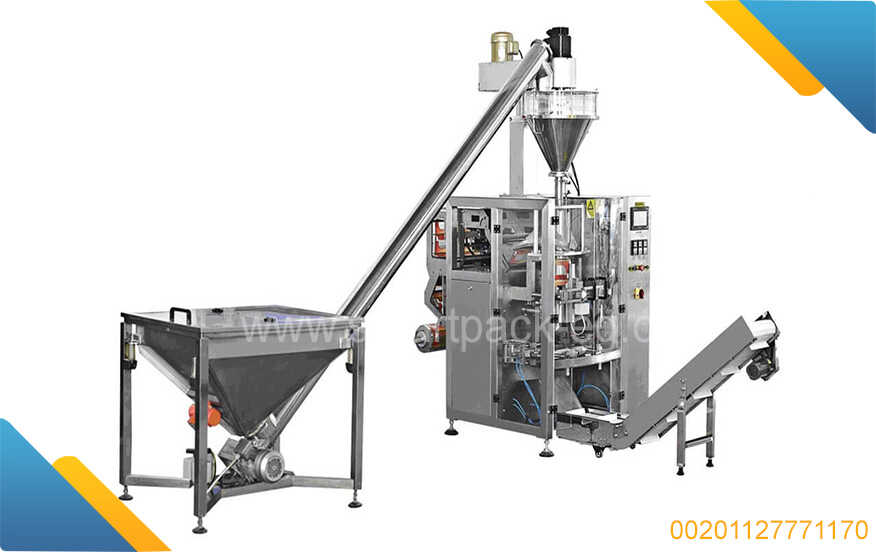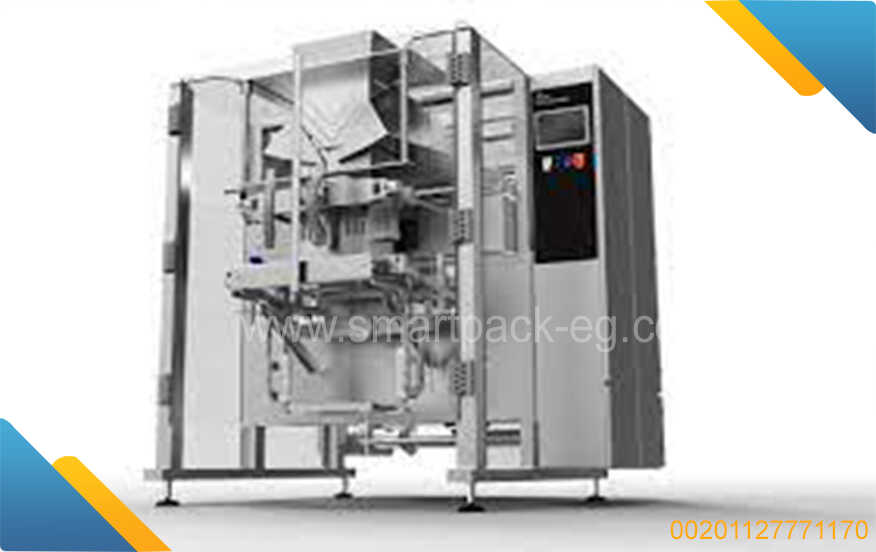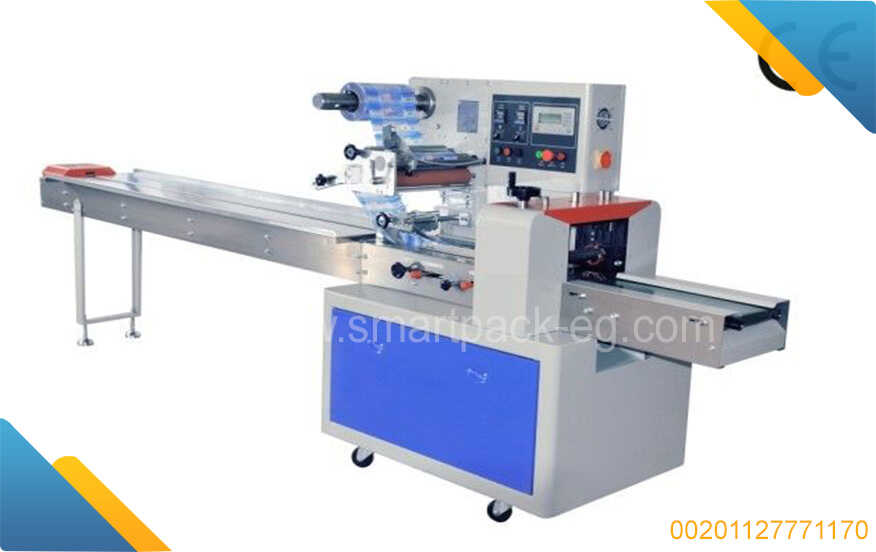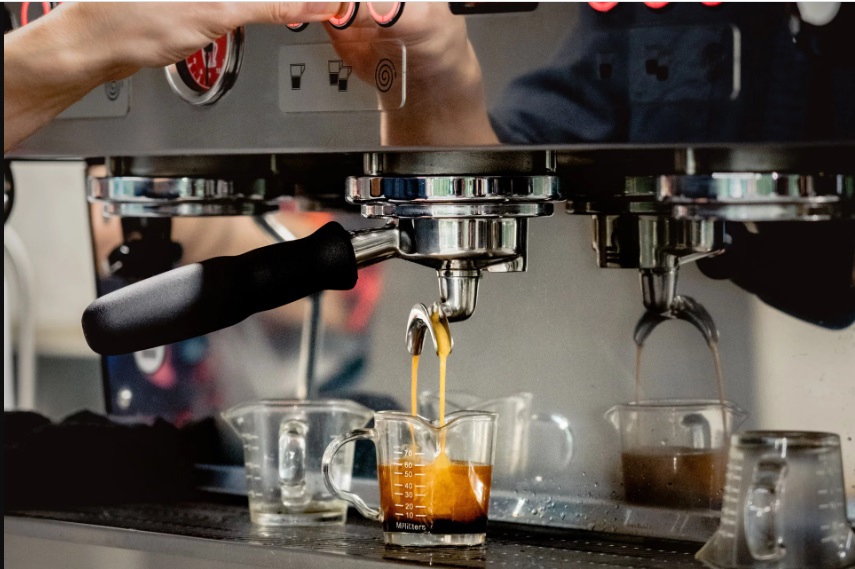Title: How To Guide: Conducting a Feasibility Study for an Integrated Industrial Detergent Factory Production Line
Introduction:
A feasibility study is an essential step in the decision-making process before establishing an integrated industrial detergent factory production line. It helps assess the viability and profitability of the proposed venture. This guide will walk you through the key steps involved in conducting a comprehensive feasibility study for this specific project, ensuring informed decision-making.
Step 1: Define Your Objectives and Scope
Clearly outline your objectives and define the scope of your feasibility study. Determine what you hope to accomplish, such as understanding market demand, assessing financial viability, evaluating technical requirements, and exploring potential risks and alternatives.
Step 2: Conduct Market Research
Thoroughly investigate the market for industrial detergents. Identify target customers, their needs, and purchasing habits. Analyze existing competitors, their strengths and weaknesses, as well as market trends and future growth projections. This data will help determine demand and potential market share for your proposed production line.
Step 3: Assess Technical Requirements
Evaluate the technical aspects of setting up an integrated industrial detergent factory production line. Consider factors such as location, land size, infrastructure requirements, machinery specifications, labor needs, and regulatory compliance. Gather detailed information from industry experts and suppliers to estimate the initial investments required.
Step 4: Calculate Financial Viability
Create a comprehensive financial model to evaluate the economic feasibility of your proposed production line. Estimate revenue streams based on projected sales volumes, pricing, and production costs. Consider operational expenses, raw material costs, labor costs, marketing expenses, and overheads. Conduct a sensitivity analysis to assess the impact of different scenarios on profitability.
Step 5: Analyze Potential Risks
Identify and mitigate potential risks associated with the operation of an integrated industrial detergent factory production line. Evaluate risks such as market volatility, regulatory changes, changes in consumer preferences, supply chain disruptions, and economic factors. Develop contingency plans to address these risks and ensure business continuity.
Step 6: Evaluate Environmental Impacts
Consider the environmental impacts of your proposed detergent factory production line. Assess potential pollution risks, waste management requirements, energy consumption, and water usage. Ensure compliance with local environmental regulations and explore opportunities for sustainable practices.
Step 7: Develop a Multi-Year Implementation Plan
Based on the findings of your feasibility study, create a detailed multi-year implementation plan. Outline key milestones, investment requirements, resource allocation, and market entry strategies. Break down the plan into manageable phases to ensure smooth execution and optimal utilization of resources.
Conclusion:
Conducting a feasibility study is crucial before establishing an integrated industrial detergent factory production line. By following these steps, you can thoroughly evaluate the market potential, technical requirements, financial viability, and risks associated with such a venture. A well-executed feasibility study will enable you to make informed decisions and increase your chances of success in this industry.

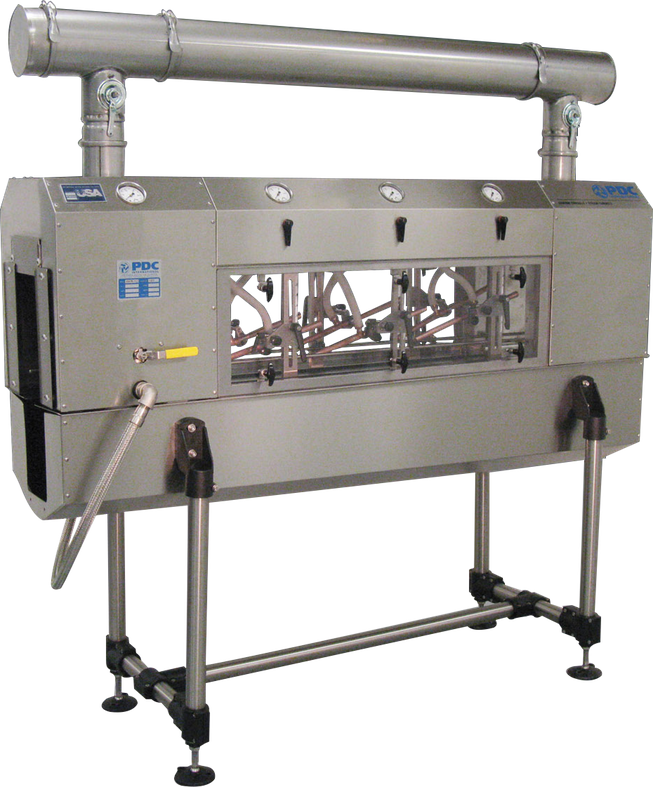

 Admin
Admin 